Our Pearl Guide: What they are, where they come from, and how to buy
We use many different gemstones in our jewelry. We have seen pearl jewelry establish itself as a consistent customer favorite and it is not hard to see why.
Pearl and its close cousin, mother of pearl, are truly unique and have been used in jewelry for thousands of years. If you are thinking of adding a piece of pearl or mother of pearl jewelry to your collection you may be interested to find out more before purchasing.
Below you will find our guide to pearls and mother of pearl, including the answers to questions like :
- What are pearls and mother of pearl?
- Where do they come from?
- What is the history and symbolism of pearls in jewelry?
- What jewelry suits pearls best?
- How to care for pearl and mother of pearl jewelry?
- Our buying tips for pearls and mother of pearl jewelry
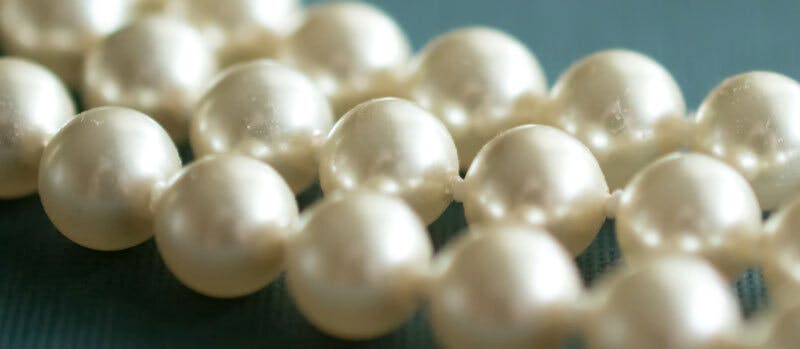
1. What are pearls and mother of pearl?
Pearls are smooth, very strong, lustrous and iridescent nodules made of layers of finely crystalline nacre (made of calcium carbonate), also known as mother of pearl. Pearls can have a variety of colors with the two most common being creamy white or silvery black, and can also be a variety of shapes from near-perfect spheres to teardrops or disc-shaped.
2. Where do pearls and mother of pearl come from?
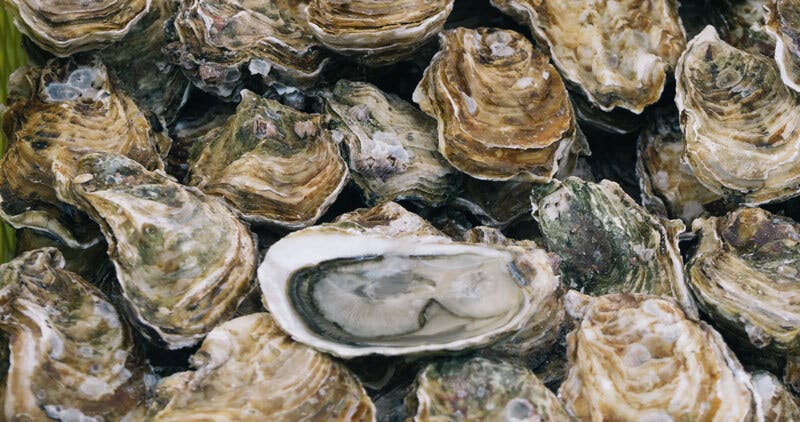
The nacre safely seals off the irritant inside a hard nodule, with layers continuing to be added as long as the mollusc lives. It can take at least 5 to 10 years for enough layers to accumulate into a pearl. Mother of pearl is composed of the same material as pearl. Instead of forming in a sphere, it is deposited as layers on the inside of the shell.
Historically, pearls could be found anywhere in the world where nacre-producing mollusks live. India, Persia, Australasia and large rivers of North America were once home to rich pearl beds. However, after centuries of intense harvesting, natural pearls are exceedingly rare. Natural pearls can typically only be found now in antique jewelry, with an eye-watering price tag!
The vast majority of pearls today are cultured. For cultured pearls, mollusks are farmed in fresh or saltwater, where irritants are introduced to instigate growth. Cultured pearls are commonly sourced from Asia, Australia, Polynesia, and the US.
3. The history and symbolism of pearls
Pearls and mother of pearl can really be considered the first gems. It can be difficult to pinpoint who first used this material as pearls and mother-of-pearl jewelry vastly predate written history.
Ancient Egyptian records show that mother of pearl was highly prized there from at least 4000 BC. Their people used mother of pearl to decorate their homes and themselves with beaded jewelry.
Pearls were less prized by the Egyptians initially. As time went on they grew to eclipse mother of pearl and were associated with Isis, the goddess of healing and life. Cleopatra reportedly made the most expensive meal ever by dissolving one of her own large pearls in a goblet of sour wine. This demonstrated her kingdom's wealth and won a bet with the roman Marc Antony.
This royal theme continues with Chinese rulers gifted pearls from at least 2300 BC. In ancient Rome, pearls were also a status symbol. Indeed, Julius Caesar passed a law forbidding pearls for anyone but the ruling classes.
The Greeks associated pearls with the sea and the goddess of love, aphrodite. They were a highly prized wedding gift as a result - Juno famously wore pearl earrings for her nuptials in Homer's Illiad.
The oldest known pearl necklace still in existence is on display at the Louvre in Paris. Discovered in a 2400 year old tomb of a Persian Queen, this necklace has a spectacular 200+ pearls over 3 strands.
Today with the advent of cultured pearls, this beautiful material is no longer the sole preserve of royalty or nobility. But their allure remains, along with their cache as a status symbol and their strong associations with healing, life, purity and love. Lucky June babies have pearl and mother of pearl as one of their three birthstones.
4. What jewelry suits pearl best?
Given their history and symbolism, pearls and mother of pearl are unsurprisingly associated with weddings and births. Fine jewelry set with these gems is a timeless favorite for brides, bridesmaids, and new mothers or grandmothers.

The naturally rounded shape of many pearls makes them perfect for use as beads to adorn necklaces or earrings. Flatter pearls are more suitable for ring settings.
The elongate sheet formation of mother of pearl means it is perfect for inlay in pendants or earrings.
Both pearl and mother of pearl pair beautifully with the cool tones of sterling silver. Their creamy white color can also really pop when paired with yellow or rose gold. As is often true, the choice is down to personal preference and budget.
Strings of pearls are a go-to for the traditional look. But we love the refined and subtle style of pendants made with a single perfect pearl or a cluster of small pearls, perfect for layering. And of course, pearl earrings remain the most elegant choice to finish any look.
5. How to care for pearl and mother of pearl jewelry?
Pearl and mother of pearl benefit from regular care and maintenance just as with any piece of fine jewelry. You can read our general jewelry care tips here. Despite being very hard, the chemistry of both pearl and mother of pearl makes them vulnerable to chemical damage as well as extremes of humidity.
As we learned from the story of Cleopatra's banquet, the calcium carbonate that makes up the crystal structure of a pearl can be dissolved in acid! So the golden rule for pearls is always to keep them away from any chemicals including: cosmetics, hair spray, perfume, and especially common acids like lemon juice, or vinegar.
6. Our pearl and mother of pearl buying tips
Buy from a trusted source
Our cardinal rule for any jewelry purchase. Whether that is from us here at My Irish Jeweler or another source, is to make sure you work with a reputable business. A reputable jeweler will have excellent reviews and recommendations across several independent platforms (e.g. Facebook, Google, reviews.io, etc.). Make sure to check reviews to get a feel for the experiences of past customers. This will give a reflection of what you may expect if you give them your custom.
If you want to be doubly sure of who you are dealing with, arrange an appointment to speak to them before you buy. A reputable jeweler will be happy to chat with you, answer any questions you might have, and show you the piece you are interested in to set your mind at ease. If you are making a big purchase it is understandable to want to know who you are buying from - You can book an appointment with us here.
Know what you want
Decide what type of pearl or mother of pearl jewelry suits your style, requirements, and budget best. This will help you to narrow down your choices. And if you are having trouble choosing ask for advice. A good quality jeweler should be able to advise you and help you make the right choice for you.
Pearl jewelry from My Irish Jeweler
You are now well on your way to becoming a pearl and mother of pearl expert. And you should feel armed with the knowledge you need to make an informed purchase of fine jewelry.
We are proud to offer our customers a beautiful selection of pearl and mother of pearl jewelry designed and made here in Ireland. So if you are thinking that a pearl piece might be for you, have a look at our selection or get in touch by email, phone, or by booking a virtual appointment. We would be delighted to answer any questions you might have.


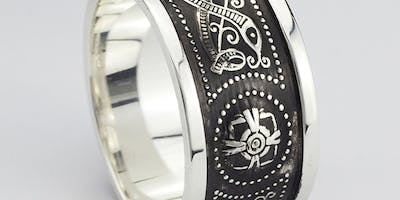

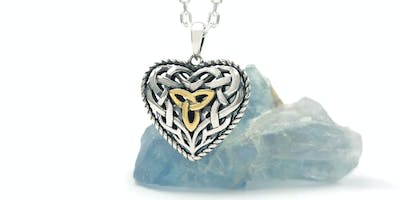
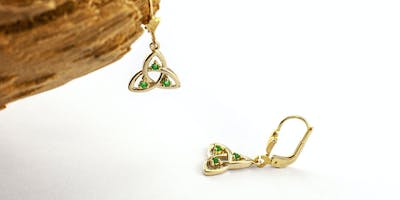

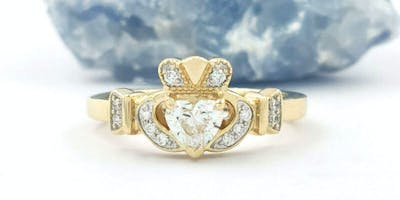
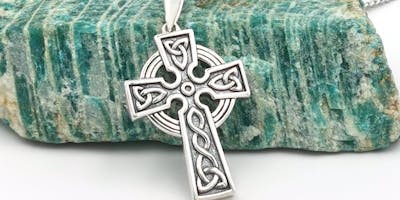
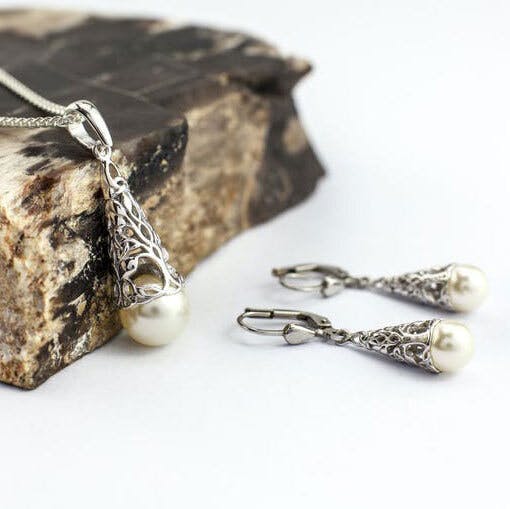
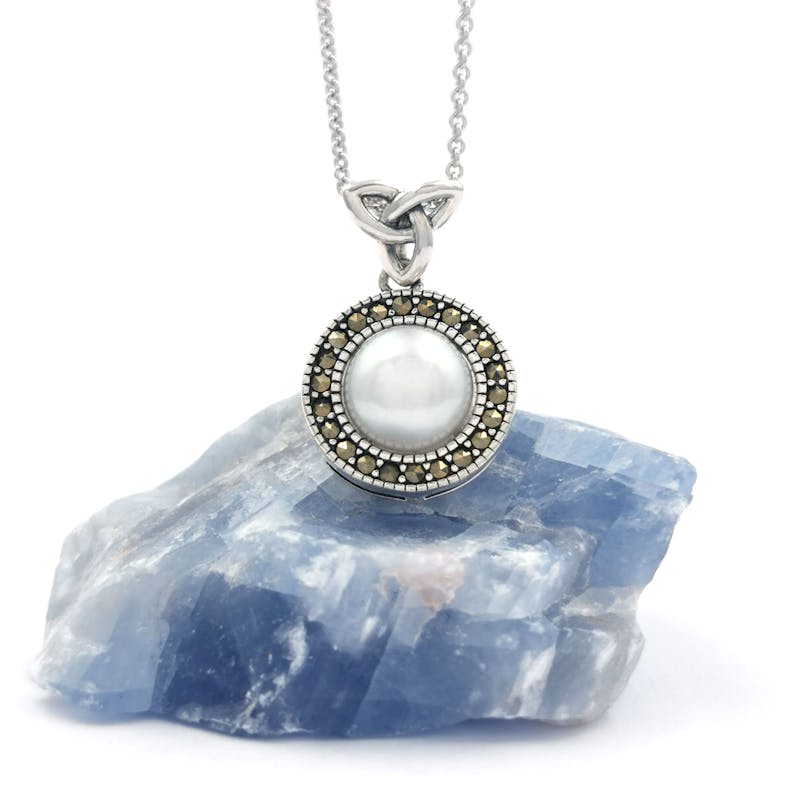
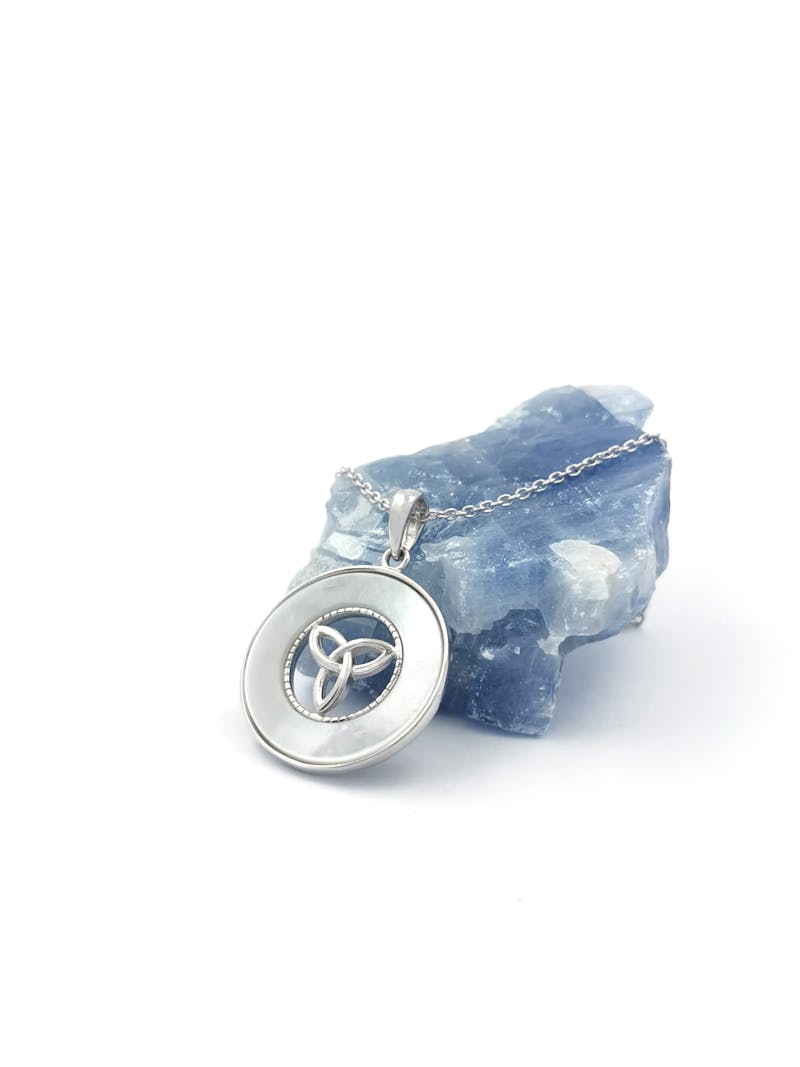


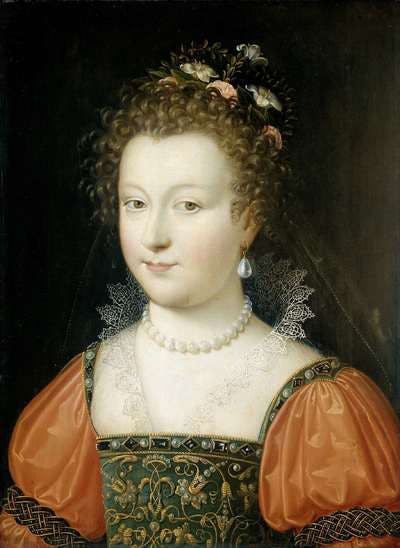
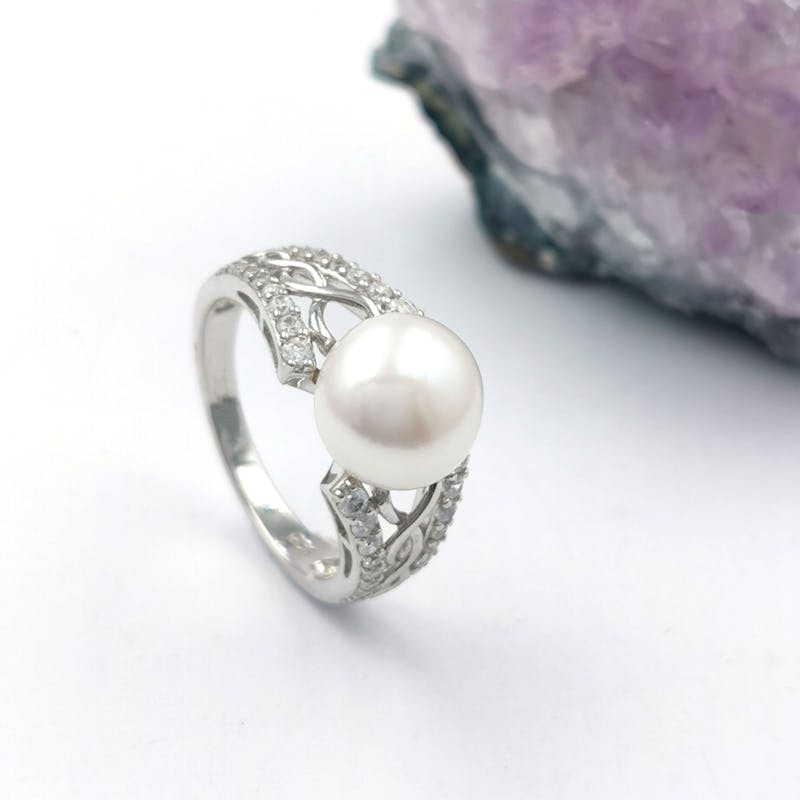
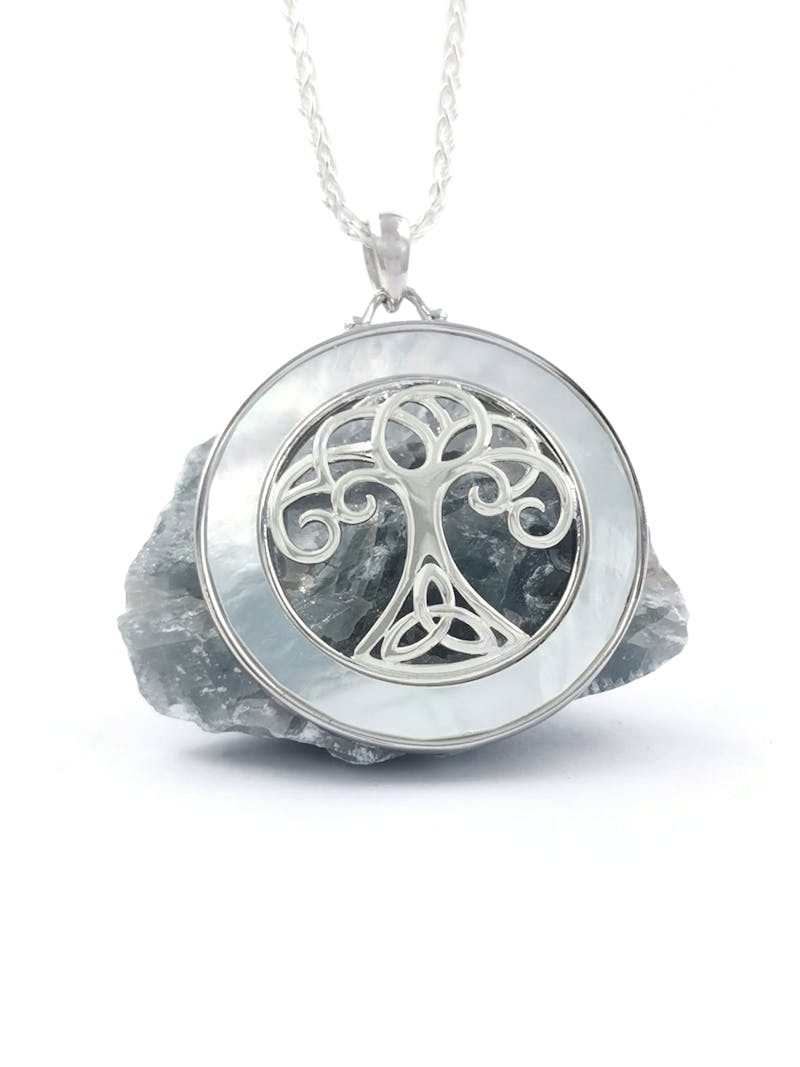

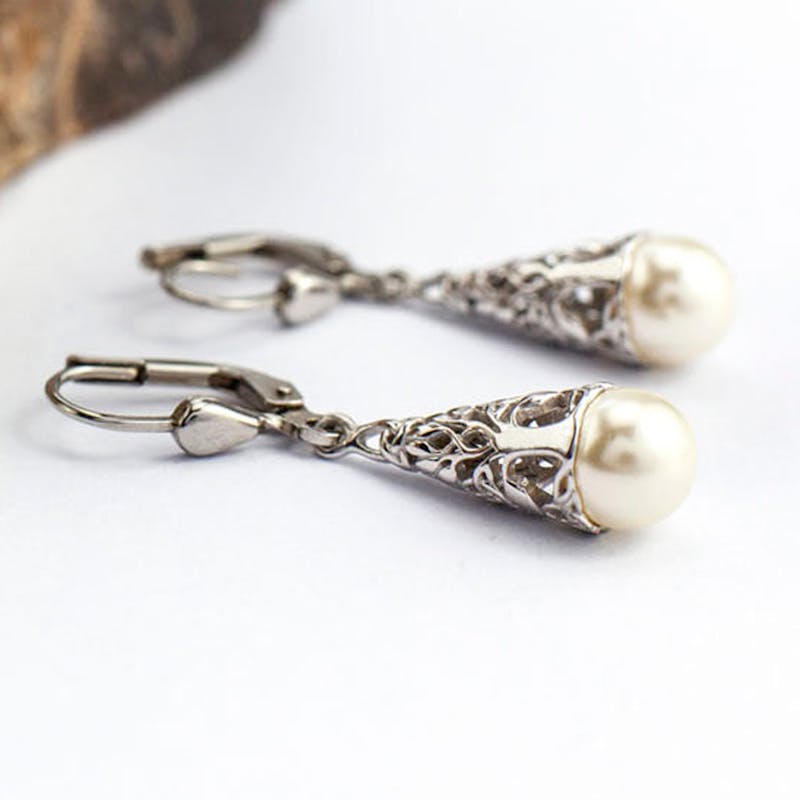
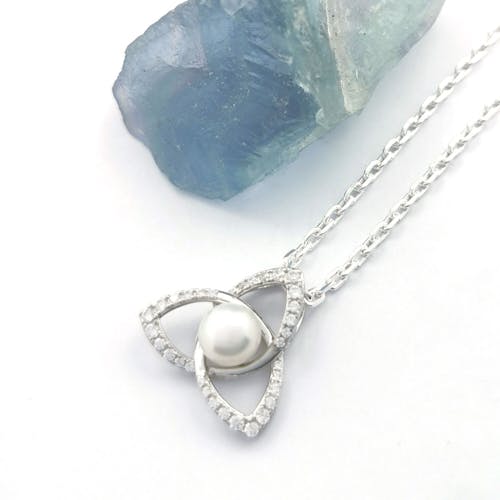

 Ask Gemma
Ask Gemma